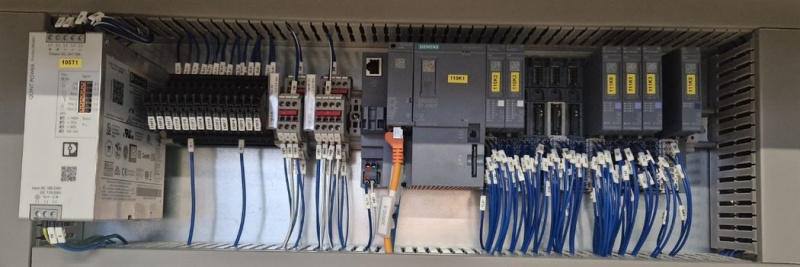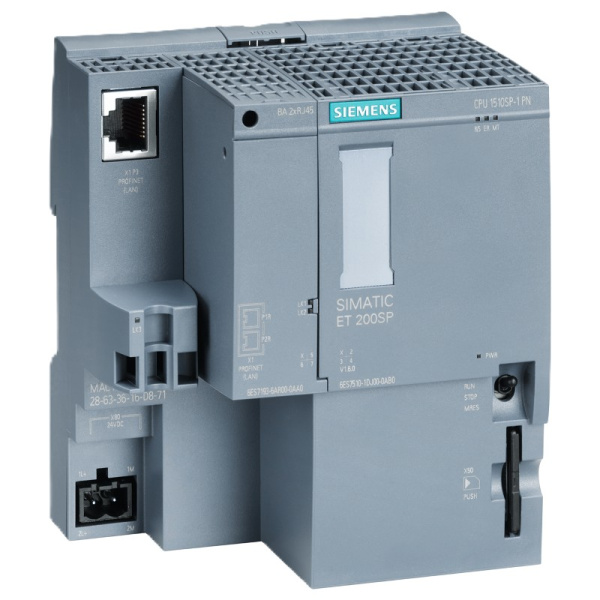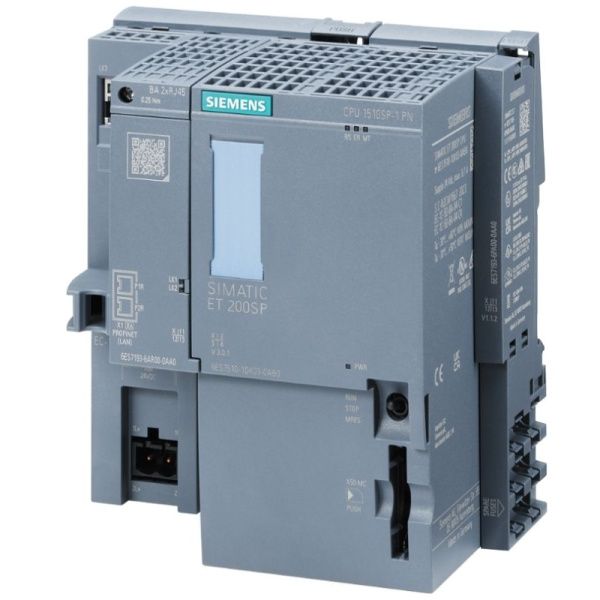Is switching to the new Siemens CPU 6ES7510‑1DK03‑0AB0 worth it? The short answer is — YES, if you’re looking for higher performance, more efficient memory, and sustainable security. However, the previous model 6ES7510‑1DJ01‑0AB0 still offers stable performance in many environments and is currently available at a competitive price. Let’s compare both models, highlight their technical differences, and help you make the right decision for your automation project.
The 6ES7510‑1DJ01‑0AB0 model has delivered reliable performance for years. However, it has certain limitations — smaller memory, slower processing, and reduced software support. Siemens continuously evolves to meet modern industrial demands, and upgrading the hardware was a logical step toward higher productivity and better energy efficiency.
Upgrading to a newer Siemens CPU is not just maintenance — it's an improvement.
With increased performance, greater memory capacity, and active Siemens support, this CPU is ready for both today’s and tomorrow’s automation challenges.

If stability, performance, and long-term sustainability are your priorities — the switch is highly recommended.
 6ES7510‑1DJ01‑0AB0 |
 6ES7510‑1DK03‑0AB0 |
|
|---|---|---|
| Program memory | 100 KB | 200 KB |
| Data memory | 750 KB | 1 MB |
| Bit processing time | 72 ns | 6 ns |
| Firmware version | V2.9 | V4.0 |
| TIA Portal support | Up to V17 | From V20 |
| Retentive memory | 128 KB | 256 KB |
| Power consumption | 5.6 W | 3.5 W |
| Weight | 384 g | 265 g |
Switching to 6ES7510‑1DK03‑0AB0 brings not only performance benefits but also advantages in safety and energy efficiency. Whether you are building a new system or modernizing an existing one — this CPU is a worthwhile investment. However, if your current configuration works reliably without risk, the 6ES7510‑1DJ01‑0AB0 remains a trusted solution with ongoing value.
Whether you need consultation, configuration, or assistance with migration — our automation experts are ready to help.
